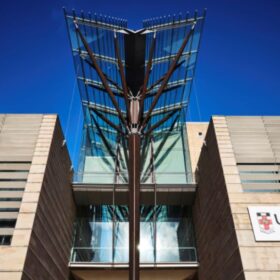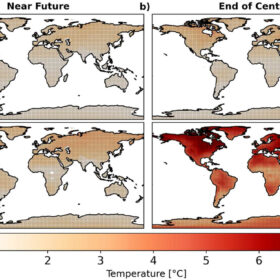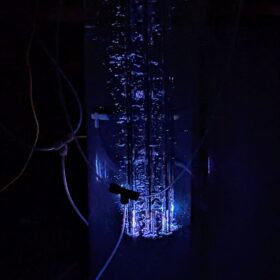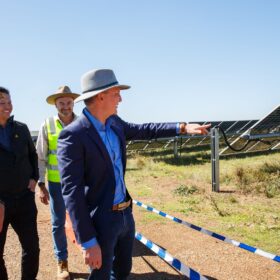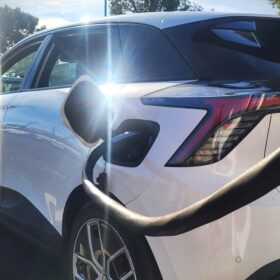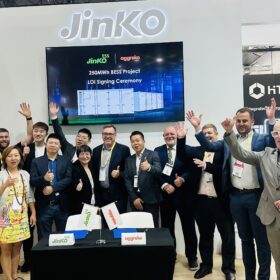As Australia’s net zero transition threatens to stall, rooftop solar could help provide the power we need
Distributed energy resources (DERs), sometimes called “consumer energy resources”, like rooftop PV and residential batteries, have a big role to play in Australia’s energy transition. This is even more true as major infrastructure faces challenges in winning community acceptance and gaining the required approvals. But how best to manage expanding DERs? A team of UNSW researchers including Anna Bruce, Baran Yildiz, Dani Alexander, and Mike Roberts set out the challenges and opportunities.
UNSW researchers solve aqueous rechargeable zinc battery challenge
Researchers from The University of New South Wales have developed a “scalable solution” they say overcomes the rechargeability challenges associated with aqueous zinc battery technology, potentially redefining energy storage for homes and grids.
Black Summer wildfires impaired solar output, caused financial losses up to $29 million, researchers find
Smoke from wildfires significantly effects solar output, researchers from UNSW have found. Specifically, Australia’s Black Summer in 2019 – 2020 caused energy losses from residential and utility PV systems estimated between 175 to 35 GWh, equating to a worst-case financial loss of around $6.1 to $29 million.
Martin Green’s solar cell efficiencies at a glance – updated
The research group led by Professor Martin Green has published Version 63 of the solar cell efficiency tables. There are six new results reported in the new version.
Solar productivity negatively impacted by emissions and aerosols, study finds
A study by engineers at UNSW, published in the Renewable Energy journal, shows that aerosols and greenhouse gas emissions reduce the productivity of photovoltaic installations and that this differs according to the global region.
PERC inventor from UNSW discusses the future of the technology
University of New South Wales academic Aihua Wang is the first female recipient of the United Kingdom’s Queen Elizabeth Prize (QEPrize) for Engineering, after sharing the 2023 award with Andrew Blakers, Martin Green, and her husband Jianhua Zhao for their work developing the passivated emitter rear contact (PERC) solar cell. pv magazine caught up with her to ask about the achievement.
UNSW researchers claim to have developed method for viable, decentralised green ammonia production
Researchers from UNSW say they have found a commercially viable pathway to the decentralised production of green, renewable ammonia. An alternative to the traditional Haber-Bosch method, the researchers used nanosecond pulsed plasma bubbles coupled with electrocatalysis.
Australia’s solar resource to increase in east, decrease in west as climate warms: UNSW study
Researchers at UNSW have modelled how shifts in Australia’s future weather patterns due to climate change will impact the nation’s solar resource, including its dependability. They found solar reliability may increase parts of Eastern Australia by 2099, but the outlook worsened in Western and Northern Australia.
Weekend read: Feeding the appetite for low-carbon food
Australia’s vast distances make the supply of electricity via traditional grids expensive and even dangerous. With demand growing for agricultural goods produced with low-carbon emissions, solar and energy storage is being embraced even by skeptical farmers.
King honours Australian solar pioneers
Four solar pioneers, including the Australian scientists Martin Green and Andrew Blakers, have been awarded the world’s most prestigious engineering prize for their groundbreaking research into solar cell technology.

